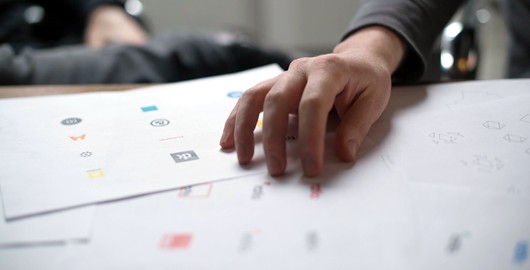
A few days ago I was in a design review meeting for a project that I’m working on with some collaborators. The project is well into the visual design phase right now – but in the middle of the meeting, the visual designer brought up a few problems that she’d encountered while designing out the steps I’d created wireframes for.
A younger version of myself would have wanted to crawl under a table because I would have been concerned that everyone on the team thought I’d messed up. But now I know better …
Sometimes what we do in the experience design phase evolves as we get into visual design. And as a result, what gets created in Photoshop or Sketch doesn’t 100% match the wireframes.
The idea that the design will change as we get deeper into visual design should not be seen as a reflection of the quality of the wireframes. The experience design should not feel like they’re a terrible designer, that they missed something, or that they’ve failed in some way.
Things change because the longer we work on a product, the more we learn about it, and the more information we have to guide us in all our design decisions.
I used to feel bad when things would change in visual design. But now I know it’s just a part of the design process. What’s important is this: a good designer learns to be fast on their feet.
Good designers can always take a step back, look at the whole, and see why the details don’t add up and come up with an alternative solution to the design problem.
Good designers can remove themselves from the process, let go of their original ideas, let go of their ego, and generate new solutions based on the evolution of a product and above all — new solutions based on customer needs!